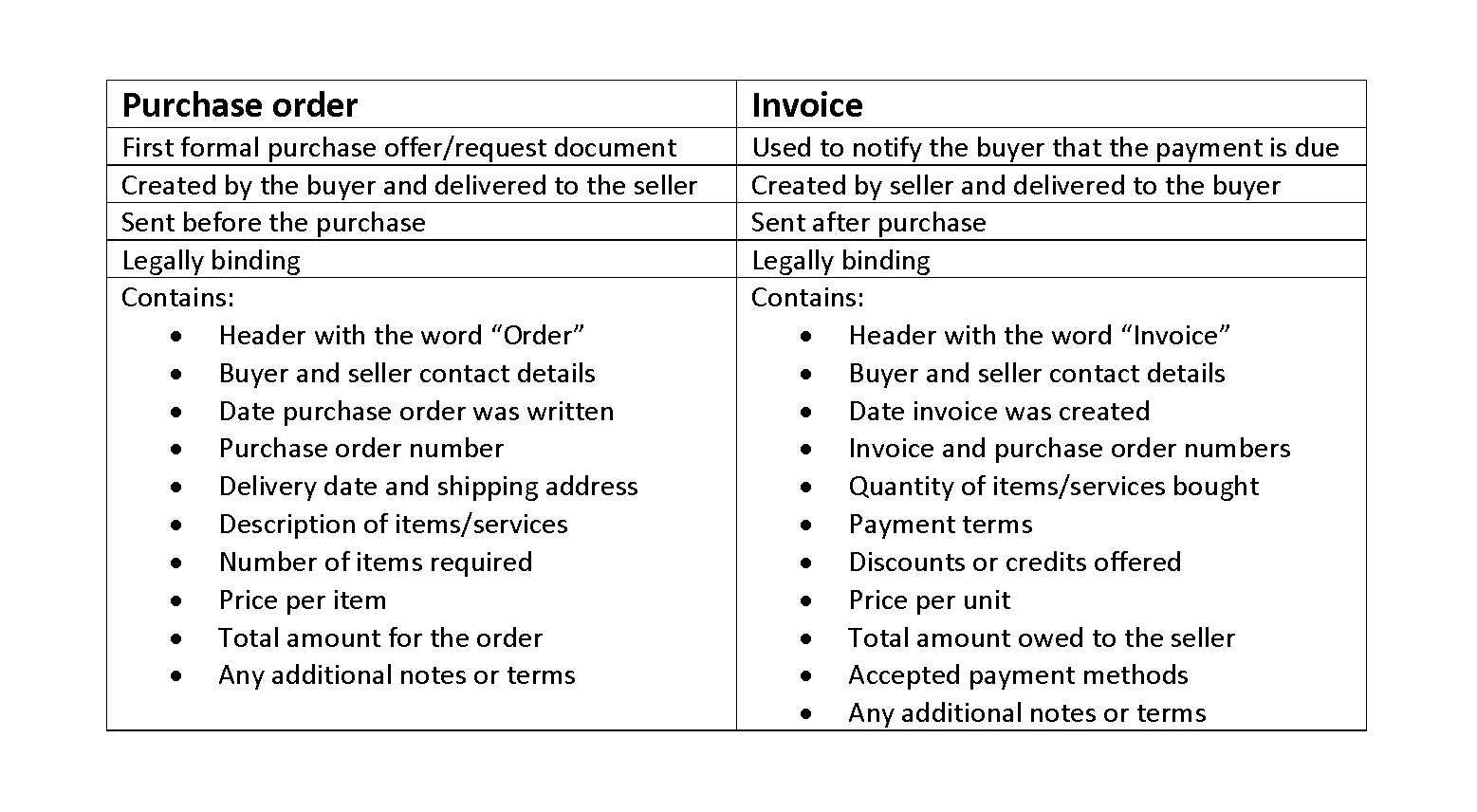
Salvage value is not just a residual figure in accounting; it plays a pivotal role in various aspects of financial management and decision-making. Understanding its importance is essential for finance professionals across different sectors. The IRS Collection Statute Expiration Date (CSED) is a 10-year period during which the IRS can collect outstanding tax debts. Factors such as bankruptcy, installment agreements, and offers in compromise can extend this period.

Salvage Value – A Complete Guide for Businesses
The value of the asset is recorded on a company’s balance sheet, while the depreciation expense is recorded on its income statement. Yes, salvage value can change over time due to shifts in market conditions, technological advancements, and asset condition. Regular reassessment is crucial to ensure accurate financial reporting and adaptability in asset management strategies. Modern tools and software have transformed the precision with which businesses can calculate and manage salvage values. These digital solutions provide advanced features for assessing asset worth over time, integrating seamlessly with accounting and financial management systems.
Fixed asset salvage value example (PP&E)
Incorporating AI-driven predictions into financial planning ensures a more dynamic and responsive approach to managing assets, ultimately boosting efficiency and profitability. This technological integration equips businesses with the agility needed to thrive in a constantly evolving market landscape. As the Bookkeeping for Startups book value decreases annually, the expense calculation changes, tapering as it approaches the salvage value.
- Maintenance Software plays an important role in improving the overall performance and longevity of your asset.
- Salvage value may simply be the amount of money a firm feels it can get by selling a depreciated, unusable asset for components.
- Depreciation schedules provide a detailed record of how assets depreciate over time, ensuring accurate financial reporting and compliance with accounting standards.
- Starting from the original cost of purchase, we must deduct the product of the annual depreciation expense and the number of years.
- This method can be used to depreciate assets where variation in usage is an important factor, such as cars based on miles driven or photocopiers on copies made.
- This approach benefits assets like technological equipment that lose value quickly, aligning higher depreciation with initial revenue-generating capacity.
External Factors
It is based on the value a company expects to receive from the sale of the asset at the end of its useful life. In some cases, salvage value may just be a value the company believes it can obtain by selling a depreciated, inoperable asset for parts. The depreciation rate is the percentage rate at which an asset is depreciated across the estimated productive life of the asset. It may also be defined as the percentage of a long-term investment done in an asset by a company that the company claims as a tax-deductible expense across the asset’s useful life. It is essential to consider these factors and make informed estimates to avoid loss for the owner. External factors like economic conditions and regulatory changes can also impact the salvage value.

Subjectivity in Estimation
The salvage value is considered the resale price of an asset at the end of its useful life. NRV is also used to account for costs when two products are produced together in a joint costing system until the products reach a split-off point. Be sure that you don’t include the year zero cash flow (the initial outlay) in the formula. Another example of how salvage value is used when considering depreciation is when a company goes up for sale. The buyer will want to pay the lowest possible price for the company and will claim higher depreciation of the seller’s assets than the seller would. This is often heavily negotiated salvage value formula because, in industries like manufacturing, the provenance of their assets comprise a major part of their company’s top-line worth.
Salvage value is what a company expects to receive or can sell an asset for after it has fully depreciated. Salvage value is an important concept in accounting and forecasting a company’s financials. The original purchase price and any capital improvements to the asset determine the cost basis, affecting the gain calculation. Calculating after-tax salvage value ensures that all tax liabilities are accounted for, providing a true reflection of the asset’s worth. Investors can use after-tax salvage value calculations to assess the profitability of investments and the potential return on asset sales.
- The equipment has an estimated useful life of 5 years and a salvage value of $10,000.
- The scrap value is also important to an organisation as it determines the cash flow it shall receive upon selling an asset after its useful life.
- Industry-standard resources like Kelley Blue Book and NADA Guides provide reliable benchmarks for estimating the salvage value of my car.
- From this, we know that a salvage value is used for determining the value of a good, machinery, or even a company.
- This method suits assets with consistent usage, such as office furniture or buildings, though it may not reflect actual wear and tear for assets that depreciate more rapidly early on.

Depreciation is an accounting process of estimating the reduction in the value of an asset due to various reasons such as wear & tear. The useful life of an asset, on the other hand, is the time period within which an asset is estimated to depreciate. Sage X3 is an exceptional ERP tool that helps businesses around the world improve asset longevity, and streamline their asset management & financial https://www.ingelan.cl/index.php/2024/05/30/quickbooks-online-login-sign-in-to-access-your/ activities. Thanks to its multi-country, multi-currency, and multi-regulatory functionality, it excels in handling transactions involving multiple currencies.

Salvage value or Scrap Value is the estimated value of an asset after its useful life is over and, therefore, cannot be used for its original purpose. For example, if the machinery of a company has a life of 5 years and at the end of 5 years, its value is only $5000, then $5000 is the salvage value. Understanding salvage value aids in making informed investment and asset management decisions. A positive salvage value at the end of the asset’s life is treated as a negative cost.
